Rising from the Ashes? The Fate of the Royal Albion Hotel
Ross Othen-Reeves looks at the history of the Royal Albion Hotel, and considers the future of the 200-year-old landmark.
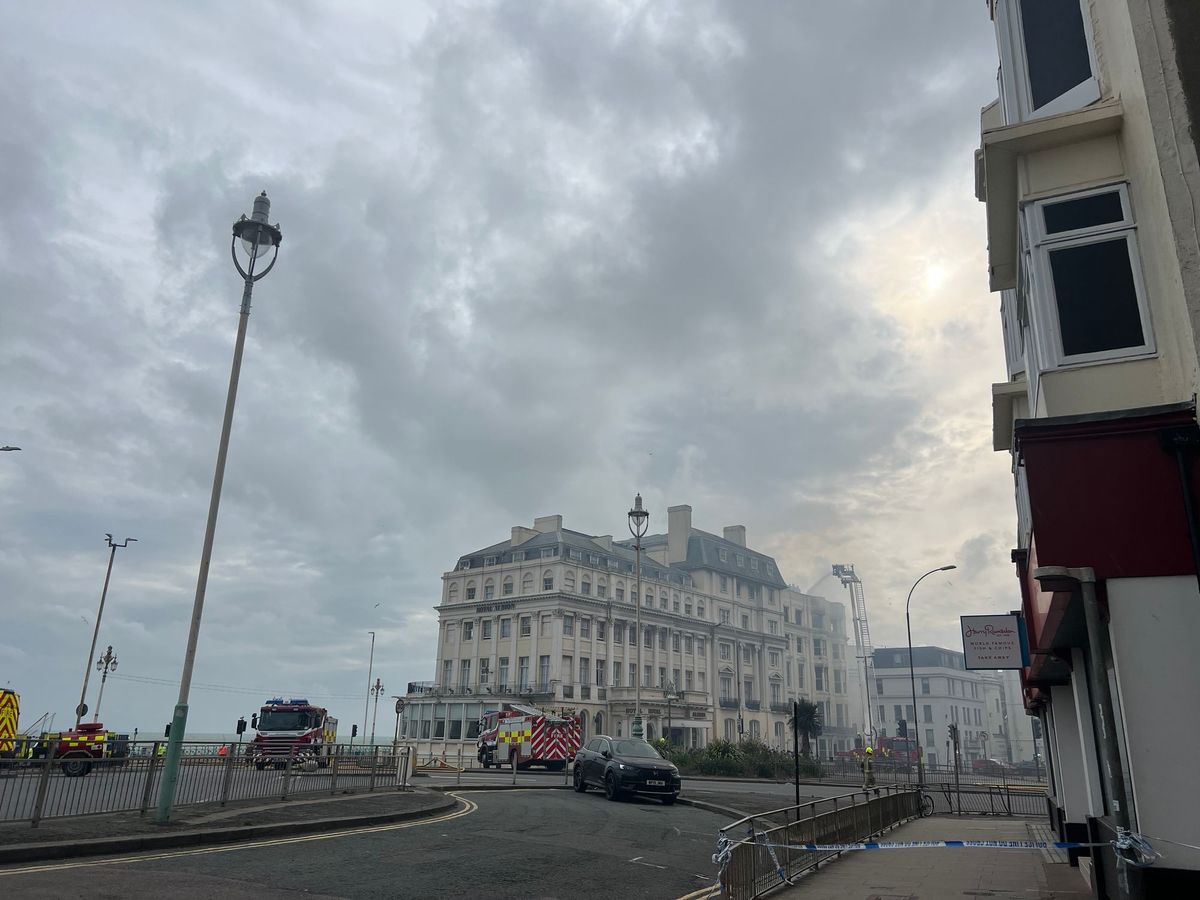
On July 15th last year, one of Brighton’s most significant seafront buildings, the Royal Albion Hotel, hit national headlines after a casually discarded cigarette led to a large portion of the property being ravaged by flames. Strong coastal winds didn’t help matters, assisting the blaze and creating a conflagration so intense that firefighters from London were drafted in to support their East Sussex counterparts for the first time since the Blitz. In total, over 100 people were evacuated from the building and surrounding area, though fortunately no one was seriously harmed in the incident.
The only true casualty was the hotel itself. Its entire western extension—a four-storey, Grade II listed segment of the building—was completely gutted by the fire, and subsequently deemed unsafe and unsalvageable. Demolition was underway within days, with any hope of saving this part of the 200-year-old landmark destroyed along with it.
Is this such a bad thing? Or could this actually be a blessing in disguise? Hear me out…
When considering the future of the Royal Albion, it might first be helpful to have a brief look back at its history, which is a tale of two halves. Well, three sections, technically, including the now-destroyed western extension, and a middle block of a similar style which was left unscathed by the fire. Both these sections were integrated into the hotel latterly, while the more distinct, original section of the hotel sits at the eastern end, with its sweeping curved facade facing the Palace Pier.
Instantly recognisable though it may be, the hotel has nonetheless seen better days, even before the obvious damage of the fire. Yet for much of its past, the site was the centre of fashionable society, with a veritable who’s-who of celebrated local characters associated with both the hotel and the grand house that it replaced. In fact, it could well be argued that this was the very place that the modern city of Brighton (and Hove) was born.
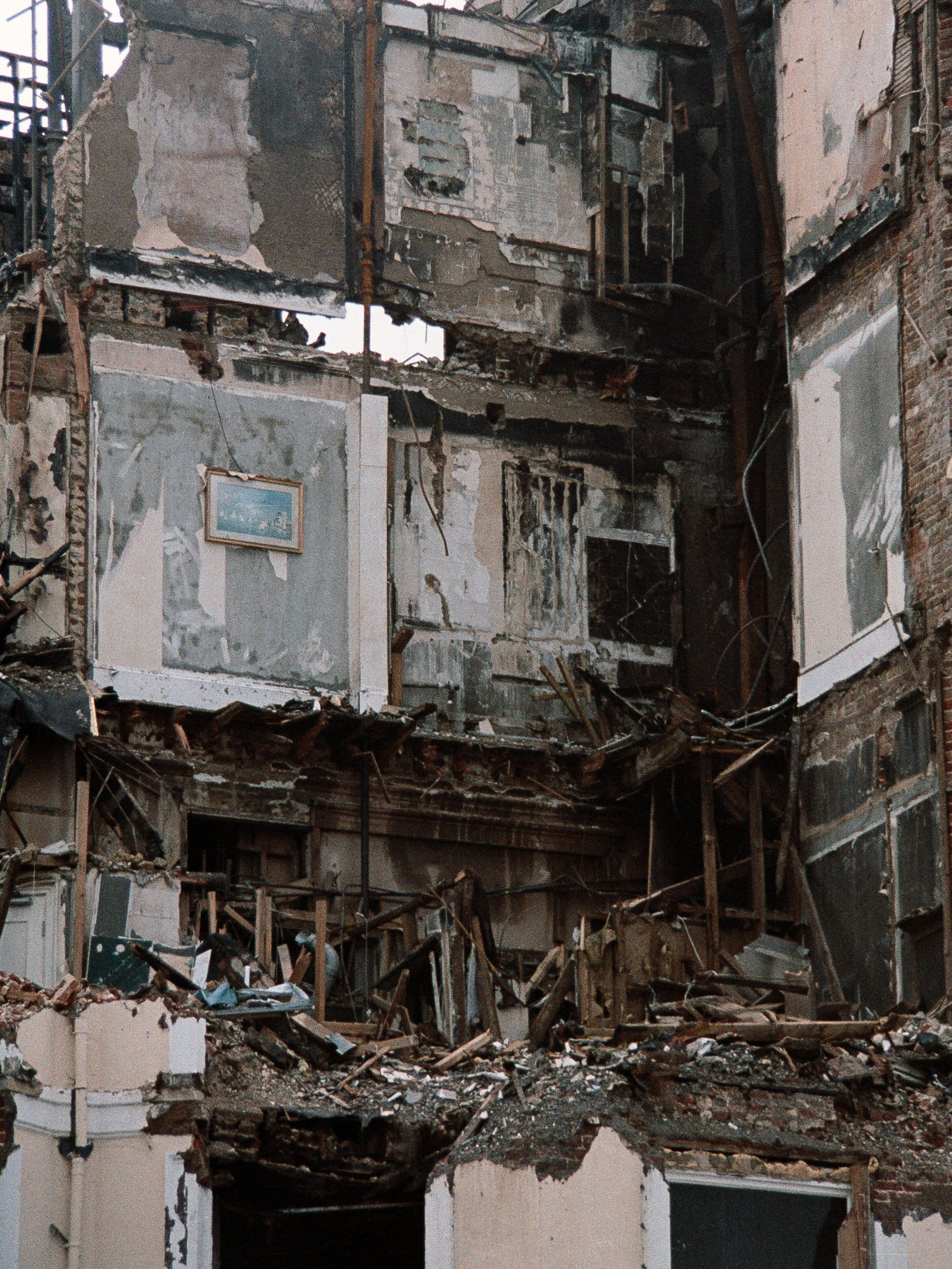
To begin with, the original house was built and owned by the physician Richard Russell who, after making his name promoting the health benefits of saltwater bathing, moved to the town of Brighthelmstone in 1753 to keep up with the patient demand his ideas had generated. Seaside respites were suddenly in vogue, and the latter half of the 18th century saw both gentry and nobility flocking to the town. This included the Duke of Cumberland, who rented Russell’s house as a holiday retreat in 1779, sometime after the doctor’s death. The Duke’s nephew, the Prince Regent and future George IV, visited his uncle here, igniting George’s love of the town. This, arguably more than anything else, led to Brighton’s future fame and prosperity (or decadence and notoriety, depending on your take on it).
In the 1820s, Russell’s house was bought, demolished, and redeveloped into the hotel which stands on the site today. Its architect, Amon Henry Wilds, was a hugely influential figure in his own right, being one of the (quite literal) chief architects of the Regency style for which the city is famous today.
The following decades can easily lay claim to being the Royal Albion’s golden era, with everyone from J.W. Turner to Oscar Wilde, and many more besides, staying during these years. The hotel also hosted the Royal Literary and Scientific Institution throughout this period, which later bequeathed its books to the city, leading to the creation of Brighton’s first public library. With business booming, the Albion extended west to include a neighbouring block (now the hotel’s middle section) in 1847, which had once been the home of the celebrated Louis Tussaud’s Waxworks.
Later still, the original portion of the property would be listed as Grade II* by Historic England - an accolade reserved for just 5.8% of all listed buildings in England, and second only to the prestigious Grade I ranking.
Yet, as fascinating as all this may be, none of it technically refers to the building in question. The one that went up like a flare last July, the forenamed western extension, was only incorporated into the Royal Albion Hotel as late as 1963. Up until that point, the site had its very own, if slightly less glamorous, history.

In 1803, ‘William’s Royal Hot and Cold Baths’ were built on the plot, one of just several baths in the city which offered customers the opportunity to soak up the supposed benefits of salt water without the inconvenience of tackling either weather or waves. By the middle of the 1800s, the bathhouse had fallen into disrepair and was replaced by the Lion Mansion Hotel. Fortunes continued to wax and wane until, in the 1960s, the hotel (by then named the Adelphi) was purchased and physically incorporated into the Royal Albion. It gained its Grade II status in 1999 as a head nod to its place in Brighton’s architectural history.
Longevity doesn’t necessarily equate to pizazz, however. Changes over the years resulted in a rather uninspired structure. In fact, the middle portion of the hotel was redesigned with such a lack of flair in the 1970s that Historic England deemed it wasn’t worth listing of special interest at all.
This was explained to me by David Fisher, Chair of Brighton’s Regency Society, who surprised me with his upbeat take on last year’s fire. Far from lamenting the loss of a historic building, Fisher saw this as 'an opportunity for a creative intervention', adding:
…rather than a slavishily faithful reproduction of the former appearance of the western, Grade II-listed Lion Mansion section, the replacement should be harmonious with the seafront but could introduce new elements to add something fresh and dynamic to the streetscape. Cue imaginative architects.
We can only hope that the Royal Albion’s current owners, Britannia Hotels, are as excited to reinvigorate this section of the hotel as Fisher appears to be. But the signs aren’t looking good. This is the second major fire at the hotel since Britannia took it over in 1997, and in the intervening years, these once grand lodgings have been marked by gradual decline—its official 3-star status belying frequent negative reviews given by guests, and in November 2023, the consumer advocacy group Which? ranked Britannia the worst hotel chain in the UK—for the 11th year in a row.
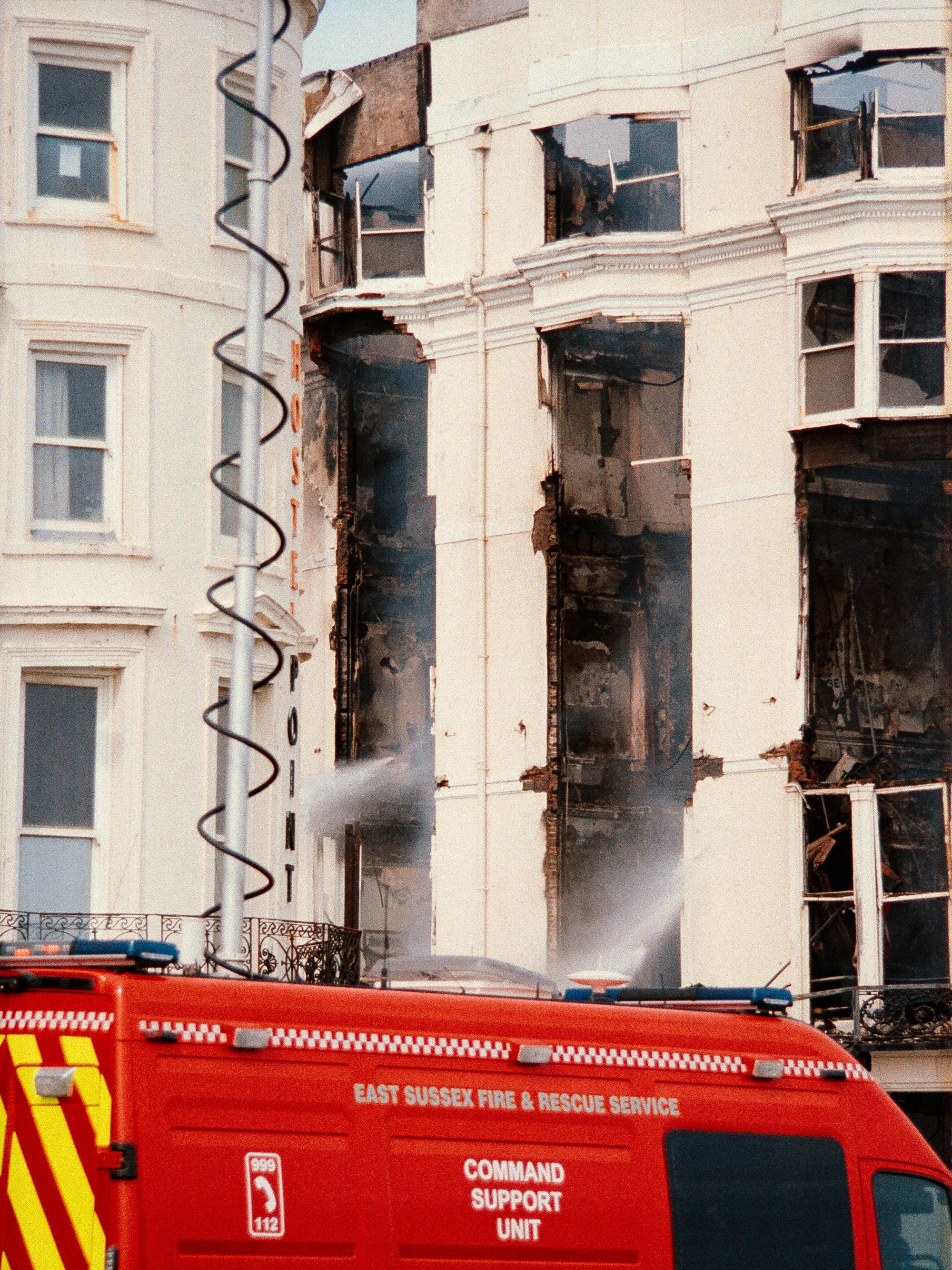
More concerning still is Britannia’s seeming lack of engagement with the fallout of last year’s fire itself. To date, Brighton and Hove City Council have footed the bill for all associated costs, including demolition works, ongoing security of the site, and the relocation of eight households in the hotel’s vicinity who were unable to immediately return to their homes. With such pressing matters still at hand, discussion over the long-term future of the hotel may likely have to wait. But how long a wait we are in for is the question, as Fisher noted:
Brighton has had an unfortunate tradition of leaving empty and damaged sites to decay for years, especially in prominent sites… This is a chance to show it need not always be like that.
With Council leader Bella Sankey recently labelling the city’s finances as being in an “extremely perilous position”, and Brittania Hotels apparently not picking up the phone (they were not available for comment), it seems unlikely we will see anything fresh and dynamic replacing the west wing’s burnt out husk anytime soon. But then again, there’s a reason we talk of things rising from the ashes. With all the attention garnered by the fire, interest in this once proud landmark has been rekindled once again. It's possible the Royal Albion may see a return to its glory days yet.


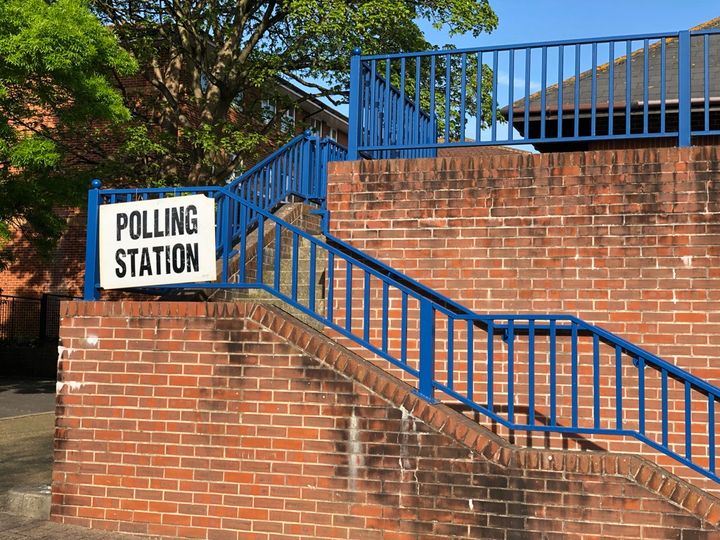
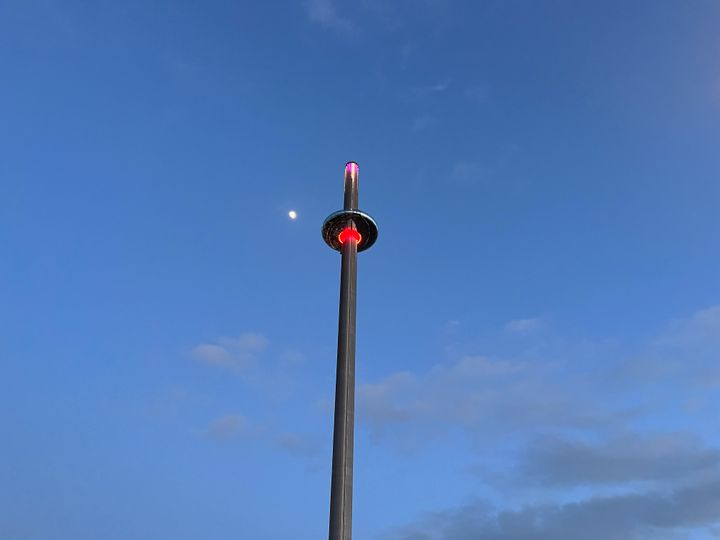
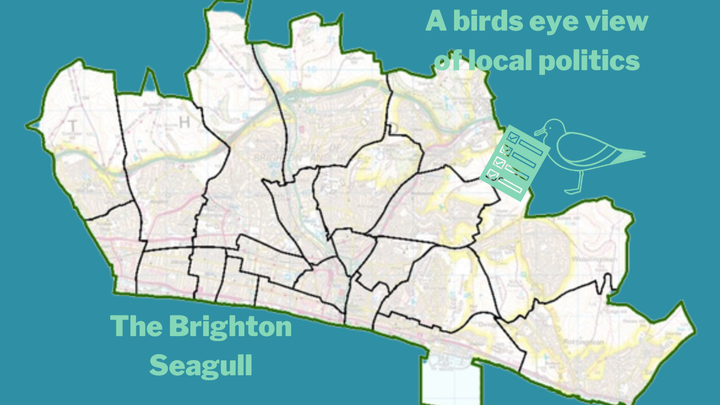
Comments ()